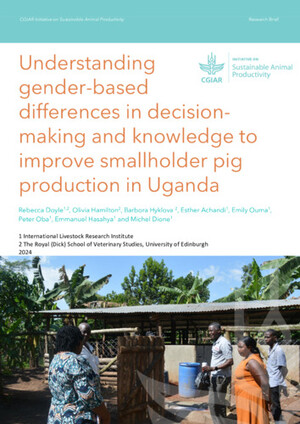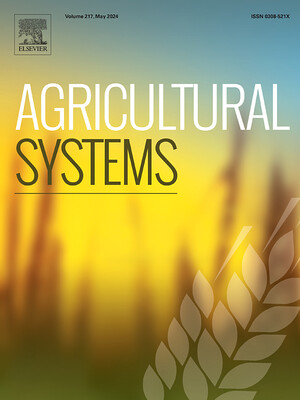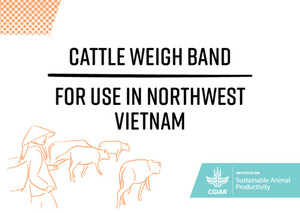
Urban livestock production and gender in Addis Ababa, Ethiopia
Abstract
The urban infrastructure of Addis Ababa has not sufficiently developed along with the vast horizontal expansion of the city in the last thirty years. With a population growth rate of well over 5 percent, the demand for cereal crops and animal products will continue to increase substantiality. This requires an early intervention strategy to ensure an adequate supply of these products to the urban dwellers. This paper looks into urban livestock production in Addis Ababa, Ethiopia with particular emphasis on the role of women. It indicates that in Ethiopia, 45 percent of livestock owners are women and that 33 percent of the livestock keepers households are headed by women in Addis Ababa city. Women are usually responsible for feeding large animals, cleaning the barns, milking dairy cattle, processing milk and marketing livestock products, but they receive assistance of men, female children and/or other relatives, younger children, especially girls between the ages of 7 and 15, are mostly responsible for managing calves, chickens and small ruminants and older boys are responsible for treating sick animals, constructing shelters, cutting grass and grazing of cattle and small ruminants. The role of women in managing animals that are confined during most of the year is substantial and they are critically involved in removing and managing manure, which is often made into cakes and used or sold as fuel. The paper ends with recommendations on gender concerns
Citation
Urban Agriculture Magazine;no. 12: 31-32










